Home>Storage & Organization>Kitchen Organizing Tools>How To Change The Litter Box
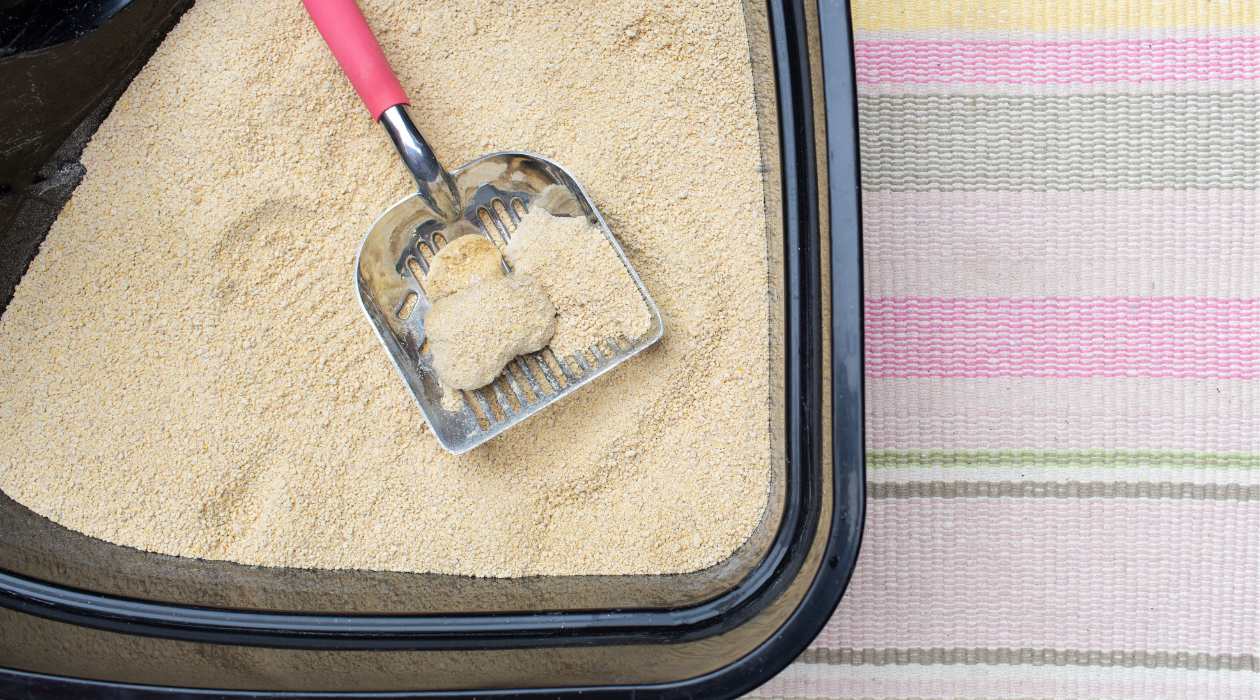

Kitchen Organizing Tools
How To Change The Litter Box
Modified: March 2, 2024
Discover the best kitchen organizing tools and tips for a clutter-free space. Find out how to change the litter box effortlessly and keep your kitchen tidy.
(Many of the links in this article redirect to a specific reviewed product. Your purchase of these products through affiliate links helps to generate commission for Storables.com, at no extra cost. Learn more)
Introduction
Welcome to the ultimate guide on how to change the litter box! Whether you're a seasoned pet owner or a first-time cat parent, maintaining a clean and odor-free litter box is essential for your feline friend's health and happiness. In this comprehensive guide, we'll walk you through the step-by-step process of changing the litter box, ensuring that you have all the necessary tools and knowledge to keep your cat's bathroom spotless.
A clean litter box is not only crucial for your cat's well-being but also for maintaining a fresh and inviting environment in your home. By following the tips and techniques outlined in this guide, you'll be able to tackle the task of changing the litter box with confidence and efficiency.
Whether you have a single cat or a multi-cat household, regular maintenance of the litter box is a non-negotiable aspect of responsible pet ownership. Not only does it prevent unpleasant odors from permeating your living space, but it also reduces the risk of bacterial growth and potential health issues for your cat.
Throughout this guide, we'll cover everything from gathering the necessary supplies to choosing the right location for the litter box, emptying the old litter, and adding fresh litter. We'll also delve into the importance of regular maintenance to ensure that your cat's litter box remains a clean and comfortable space for them to do their business.
By the end of this guide, you'll have the knowledge and confidence to tackle the task of changing the litter box with ease, making it a seamless part of your routine pet care. So, let's dive in and equip ourselves with the essential know-how to keep our feline companions happy and healthy!
Key Takeaways:
- Keep your cat happy and healthy by regularly changing the litter box. Gather supplies, choose the right location, clean thoroughly, add fresh litter, and maintain it for a clean and inviting bathroom space.
- Regular maintenance, including daily scooping and periodic complete litter changes, is essential for a clean and comfortable litter box. Monitor your cat’s behavior and make adjustments as needed to ensure their well-being.
Read more: How To Change A Scoopfree Litter Box
Step 1: Gather the necessary supplies
Before embarking on the task of changing the litter box, it's essential to gather all the necessary supplies to ensure a smooth and efficient process. Having the right tools at your disposal will not only streamline the task but also contribute to maintaining a hygienic environment for your cat. Here's a comprehensive list of supplies you'll need:
-
Litter Box: Ensure you have a spare litter box on hand. This is particularly important if you're planning to replace the existing litter box or if you have multiple cats. Having a spare box allows for a seamless transition without disrupting your cat's bathroom routine.
-
Litter: Stock up on your preferred cat litter. Whether you opt for clumping, non-clumping, silica gel, or natural litter, make sure you have an adequate supply to fill the new litter box to the recommended depth.
-
Scoop: A sturdy litter scoop is indispensable for removing clumps and waste from the litter box. Choose a scoop with a comfortable handle and durable construction to facilitate effortless cleaning.
-
Litter Liners (Optional): If you prefer using liners in your litter box for easy cleanup, ensure you have a sufficient quantity of liners that are compatible with the size of your litter box.
-
Cleaning Solution: Select a pet-safe cleaning solution or mild soap to thoroughly clean the litter box. Avoid using harsh chemicals or strong-scented cleaners that may deter your cat from using the box.
-
Cleaning Tools: Gather a scrub brush or sponge dedicated to cleaning the litter box. Having designated cleaning tools prevents cross-contamination with household items and ensures thorough sanitation.
-
Gloves: Disposable or reusable gloves are essential for maintaining personal hygiene while handling the litter box and cleaning supplies.
-
Trash Bags: Keep a supply of sturdy trash bags nearby for convenient disposal of old litter and waste.
By assembling these essential supplies, you'll be well-prepared to tackle the task of changing the litter box with confidence and efficiency. With the right tools at your disposal, you can ensure that your cat's bathroom area remains clean, inviting, and conducive to their health and well-being.
Step 2: Choose the right location for the litter box
Selecting the optimal location for your cat's litter box is a crucial decision that can significantly impact your cat's comfort and the overall cleanliness of your home. Cats are known for their discerning nature, and providing them with a suitable and accessible bathroom area is essential for their well-being. Here's a detailed exploration of the factors to consider when choosing the right location for the litter box.
Consider Your Cat's Preferences
Understanding your cat's preferences and behavior is fundamental to choosing an appropriate location for the litter box. Cats value privacy and a sense of security when using their litter box. Therefore, opt for a quiet and relatively secluded area that allows your cat to do their business without feeling exposed or vulnerable. Avoid placing the litter box in high-traffic areas or near noisy appliances that may startle your cat during their bathroom routine.
Accessibility and Convenience
The accessibility of the litter box is paramount, especially for senior cats or kittens. Ensure that the chosen location is easily accessible for your cat, with no obstacles or barriers hindering their entry and exit. Additionally, consider the proximity to your cat's favorite resting spots or their usual pathways within the home. Placing the litter box in a convenient location encourages regular use and minimizes the likelihood of accidents outside the box.
Read more: Can You Change A Litter Box When Pregnant
Environmental Factors
Take into account the environmental conditions of the chosen location. Cats are sensitive to their surroundings, and factors such as temperature, lighting, and ventilation can influence their comfort and willingness to use the litter box. Aim for a well-lit area with adequate ventilation to prevent the accumulation of odors. However, avoid direct exposure to harsh sunlight or drafty areas that may create discomfort for your cat.
Multiple Cats and Litter Box Placement
In multi-cat households, strategic placement of litter boxes is essential to prevent territorial disputes and promote harmonious cohabitation. The general rule of thumb is to provide one litter box per cat, plus an additional box to accommodate their preferences. Distribute the litter boxes in different areas of the home to offer options for each cat, reducing the likelihood of competition or reluctance to share a single box.
Maintenance and Accessibility for Cleaning
When choosing the location for the litter box, consider the ease of maintenance and cleaning. Opt for a location that allows effortless removal of waste and routine cleaning without causing disruptions to your daily activities. Additionally, ensure that the chosen area is not susceptible to water damage in case of accidental spills during the cleaning process.
By carefully considering these factors, you can select an ideal location for the litter box that caters to your cat's needs and contributes to a harmonious living environment for both you and your feline companion. A thoughtfully chosen location sets the foundation for a positive litter box experience, promoting consistent use and a clean, odor-free space for your cat's essential bathroom activities.
Step 3: Empty the old litter and clean the box
Once you have gathered the necessary supplies and chosen the right location for the litter box, it's time to tackle the essential task of emptying the old litter and thoroughly cleaning the box. This step is crucial for maintaining a hygienic and inviting environment for your cat, as well as preventing the buildup of odors and bacteria. Here's a detailed guide on how to effectively empty the old litter and clean the box to perfection.
1. Prepare the Cleaning Area
Before emptying the old litter, designate a well-ventilated and easily accessible area for the cleaning process. Lay down a protective layer, such as old newspapers or a disposable tarp, to contain any stray litter or spills during the cleaning process. This helps streamline the cleanup and prevents the spread of litter particles to other areas of your home.
2. Empty the Old Litter
Using a sturdy litter scoop, carefully remove any solid waste and clumps from the litter box, disposing of them in a securely tied trash bag. Empty the remaining litter into the trash bag, ensuring thorough removal of all used litter from the box. If you're using a liner, gently gather and tie the liner to contain the used litter for easy disposal.
3. Thorough Cleaning
Once the old litter has been removed, it's time to clean the litter box. Begin by washing the box with a pet-safe cleaning solution or mild soap and warm water. Use a dedicated scrub brush or sponge to thoroughly scrub the interior surfaces, ensuring the removal of any residual waste or lingering odors. Pay special attention to the corners and crevices where litter particles and debris may accumulate.
4. Rinse and Dry
After cleaning, rinse the litter box with clean water to remove any traces of cleaning solution or soap. Thoroughly dry the box with a clean towel or allow it to air dry completely before adding fresh litter. Proper drying prevents moisture buildup, which can lead to bacterial growth and unpleasant odors in the litter box.
Read more: How To Keep Litter In A Litter Box
5. Sanitize Regularly
In addition to the thorough cleaning during litter changes, it's important to establish a regular sanitization routine for the litter box. Aim to clean the box with a pet-safe disinfectant at least once a month to maintain optimal hygiene and prevent the accumulation of bacteria and odors.
By following these steps, you can ensure that the litter box is impeccably clean and ready for the addition of fresh litter. This meticulous approach to emptying the old litter and cleaning the box contributes to a clean, odor-free, and inviting bathroom space for your cat, promoting their health and well-being.
Step 4: Add fresh litter to the box
Adding fresh litter to the box is a critical step in maintaining a clean and comfortable bathroom environment for your cat. The choice of litter and the proper depth of the layer are essential factors that contribute to your cat's satisfaction and hygiene. Here's a detailed guide on how to add fresh litter to the box effectively.
Select the Right Litter
When adding fresh litter to the box, it's crucial to choose a high-quality litter that aligns with your cat's preferences and your household's needs. Consider factors such as odor control, clumping ability, dust levels, and your cat's comfort. Whether you opt for clumping, non-clumping, silica gel, or natural litter, ensure that it meets the standards of safety, absorbency, and odor control.
Determine the Ideal Depth
The depth of the litter layer plays a significant role in providing a comfortable and functional bathroom space for your cat. The general recommendation is to maintain a litter depth of around 2-3 inches. This depth allows for adequate absorption of urine and effective covering of waste, preventing odor buildup and promoting cleanliness. However, some cats may have specific preferences, so observing your cat's behavior and adjusting the litter depth accordingly can contribute to their comfort and consistent litter box usage.
Read more: How Deep Should Litter Be In A Litter Box
Add the Fresh Litter
Carefully pour the fresh litter into the clean litter box, ensuring an even distribution across the entire surface. Use a scoop or your hand to level the litter, creating a smooth and uniform layer. Avoid overfilling the box, as excessive litter depth may lead to tracking and unnecessary waste. Additionally, maintain the recommended depth to facilitate your cat's digging and covering behaviors, essential for their natural instincts and comfort.
Consider Multiple Cats
In multi-cat households, it's crucial to provide adequate litter box space and ensure that each cat has access to a clean and well-maintained bathroom area. If you have multiple litter boxes, maintain consistency in the type and depth of litter used in each box to promote familiarity and prevent reluctance to use a particular box.
Regular Monitoring and Adjustment
After adding fresh litter, monitor your cat's response and behavior in the litter box. Observing any signs of discomfort, avoidance, or excessive tracking can prompt adjustments to the litter type or depth. Regular monitoring allows you to fine-tune the litter environment to meet your cat's preferences and maintain a hygienic and inviting space for their essential bathroom activities.
By following these guidelines, you can ensure that the litter box is equipped with fresh, high-quality litter, providing your cat with a clean and comfortable bathroom area. This step contributes to a positive and hygienic litter box experience, promoting your cat's well-being and fostering a harmonious living environment for both you and your feline companion.
Step 5: Maintain the litter box regularly
Regular maintenance of the litter box is essential for upholding a clean and hygienic environment for your cat while minimizing odors and potential health concerns. By incorporating consistent maintenance practices into your routine, you can ensure that the litter box remains a comfortable and inviting space for your feline companion. Here's a comprehensive guide on how to maintain the litter box regularly, promoting your cat's well-being and the overall cleanliness of your home.
Read more: How Much Litter To Put In A Litter Box
Daily Scooping
Make it a habit to scoop the litter box at least once a day, removing solid waste and clumps to maintain cleanliness and prevent odors. A dedicated litter scoop comes in handy for this task, allowing for efficient waste removal without disturbing the entire litter bed. Daily scooping also provides an opportunity to monitor your cat's elimination habits and promptly identify any changes that may indicate underlying health issues.
Top-Up Litter as Needed
Monitor the litter level in the box and top it up as necessary to maintain the recommended depth. Cats appreciate a consistent and adequate amount of litter for their bathroom activities, and maintaining the proper depth contributes to their comfort and hygiene. Additionally, topping up the litter helps in absorbing moisture and controlling odors effectively.
Regular Litter Replacement
While scooping and topping up the litter are essential daily tasks, periodic complete litter replacement is equally crucial. The frequency of full litter changes depends on factors such as the type of litter used, the number of cats, and your cat's preferences. As a general guideline, plan to replace the entire litter and thoroughly clean the box every 2-4 weeks. This comprehensive refreshment ensures optimal hygiene and prevents the accumulation of bacteria and odors.
Sanitization and Deodorization
In addition to regular litter replacement, it's essential to sanitize the litter box periodically to eliminate bacteria and odors. Use a pet-safe disinfectant or a mixture of mild soap and water to thoroughly clean the box, ensuring that all surfaces are scrubbed and rinsed. After cleaning, allow the box to dry completely before adding fresh litter. Consider using deodorizing products specifically designed for litter boxes to maintain a fresh and pleasant environment.
Read more: How To Dispose Of A Litter Box
Monitor and Address Behavioral Changes
Consistent monitoring of your cat's behavior in relation to the litter box is crucial for identifying any potential issues or discomfort. Keep an eye out for changes in litter box usage, such as avoidance, excessive digging, or accidents outside the box. These behavioral changes may indicate underlying health concerns or environmental factors that require attention. Addressing such changes promptly contributes to maintaining your cat's comfort and well-being.
By incorporating these regular maintenance practices into your routine, you can uphold a clean and inviting litter box environment for your cat, promoting their health and ensuring a harmonious coexistence in your home. Consistency and attentiveness to your cat's needs are key to maintaining a hygienic and comfortable bathroom space, fostering a positive and stress-free experience for both you and your feline companion.
Conclusion
In conclusion, maintaining a clean and well-maintained litter box is an essential aspect of responsible pet ownership, particularly for cat parents. By following the comprehensive steps outlined in this guide, you can ensure that your feline companion has a hygienic and inviting bathroom space, contributing to their overall well-being and comfort.
The process begins with gathering the necessary supplies, including a spare litter box, high-quality litter, cleaning tools, and pet-safe cleaning solutions. Choosing the right location for the litter box is equally crucial, taking into account your cat's preferences, accessibility, and environmental factors. By carefully considering these aspects, you can create a comfortable and functional bathroom area for your cat.
Emptying the old litter and thoroughly cleaning the box are fundamental steps that contribute to maintaining a clean and odor-free environment. Proper cleaning techniques, including regular sanitization, prevent the buildup of bacteria and ensure a hygienic space for your cat's essential bathroom activities.
Adding fresh litter to the box is a critical step that requires attention to the type and depth of the litter. By selecting high-quality litter and maintaining the recommended depth, you can provide your cat with a comfortable and functional bathroom area, promoting their hygiene and satisfaction.
Regular maintenance practices, including daily scooping, litter top-ups, and periodic complete litter changes, are essential for upholding a clean and inviting litter box environment. Consistent monitoring of your cat's behavior and prompt attention to any changes contribute to maintaining their comfort and well-being.
By incorporating these practices into your routine, you can ensure that the litter box remains a positive and stress-free space for your cat, promoting their health and fostering a harmonious living environment for both you and your feline companion. Ultimately, the meticulous care and attention given to the litter box contribute to a fulfilling and rewarding relationship with your beloved pet.
Frequently Asked Questions about How To Change The Litter Box
Was this page helpful?
At Storables.com, we guarantee accurate and reliable information. Our content, validated by Expert Board Contributors, is crafted following stringent Editorial Policies. We're committed to providing you with well-researched, expert-backed insights for all your informational needs.
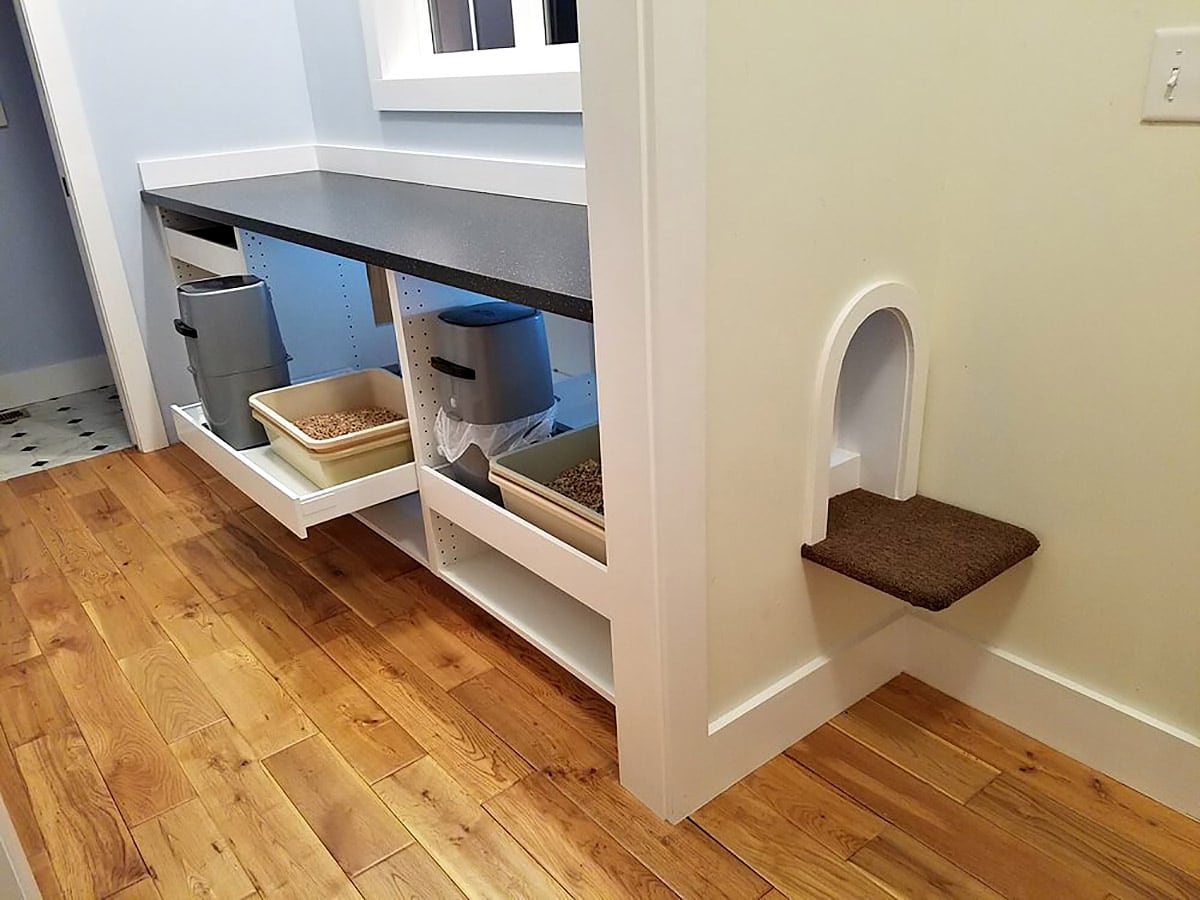
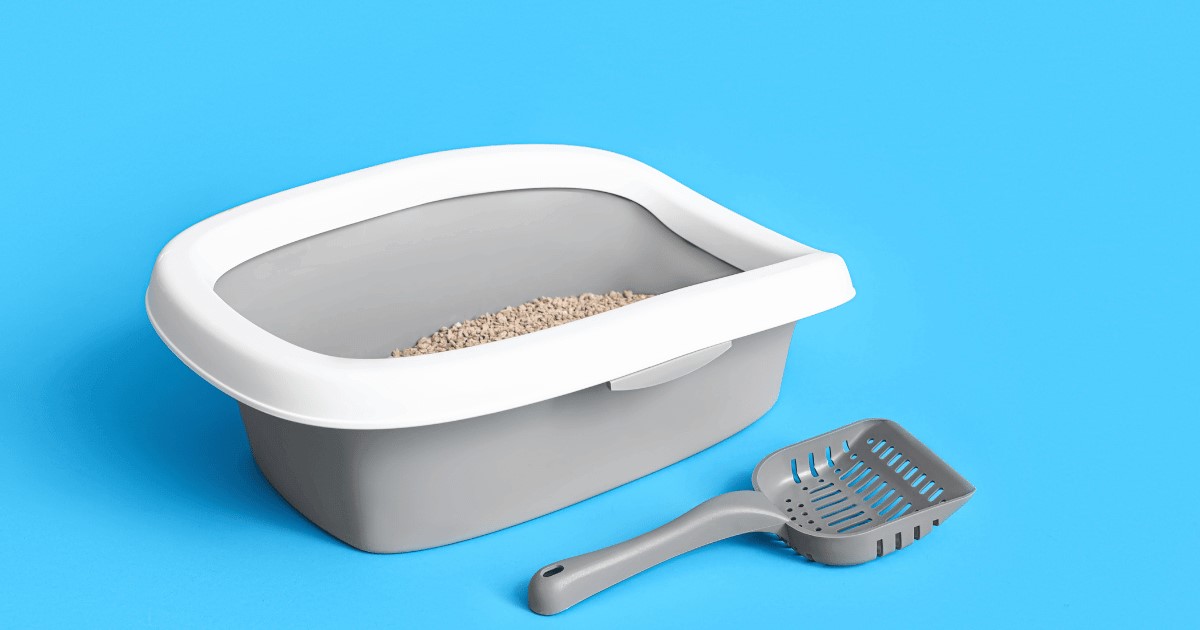
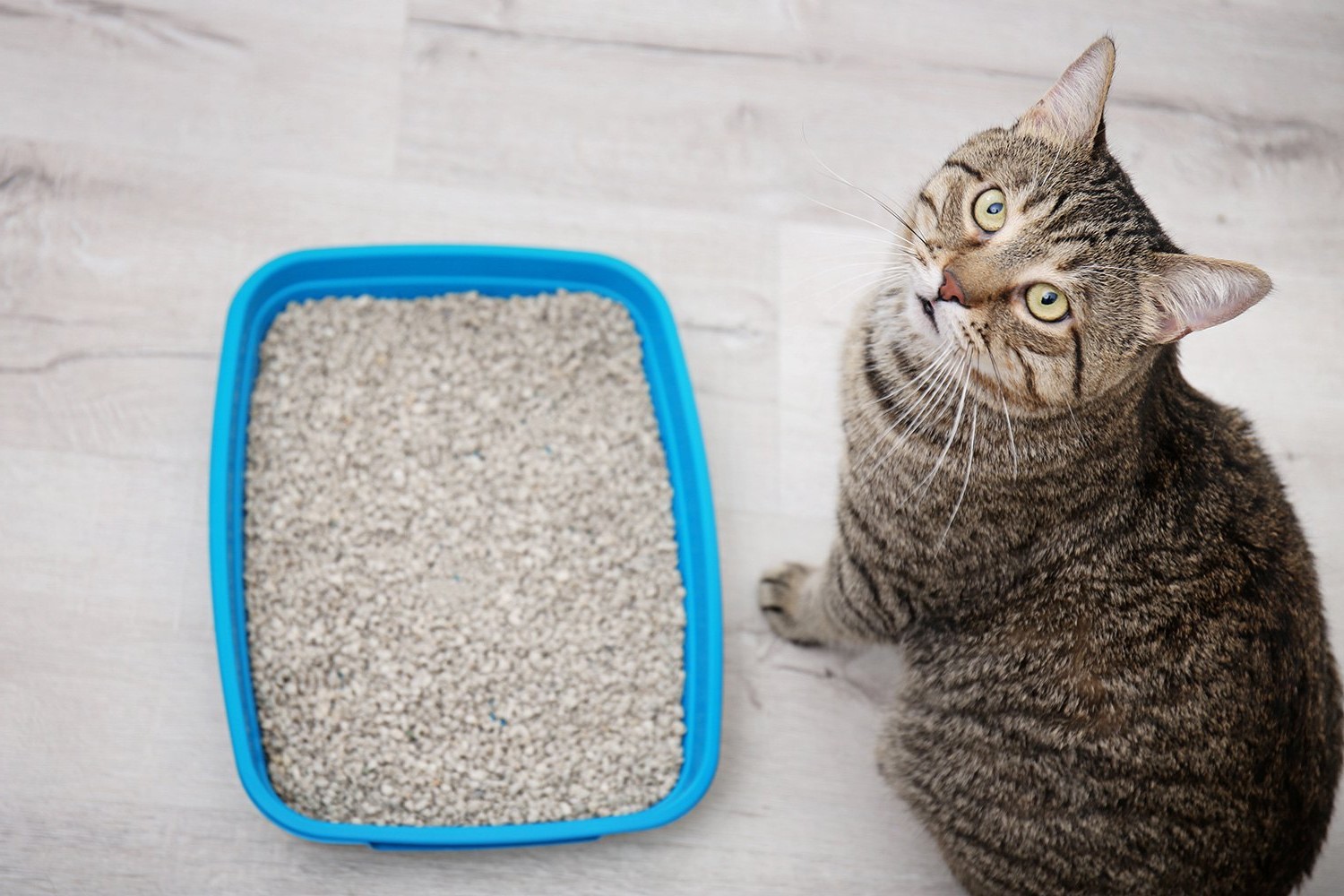
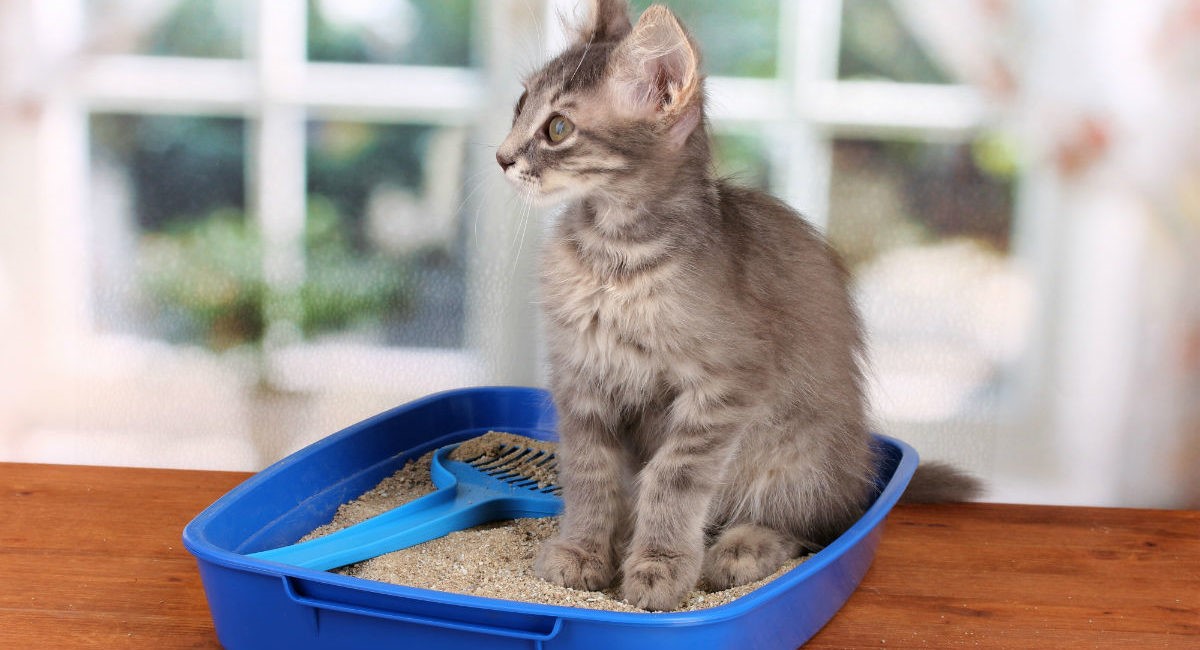
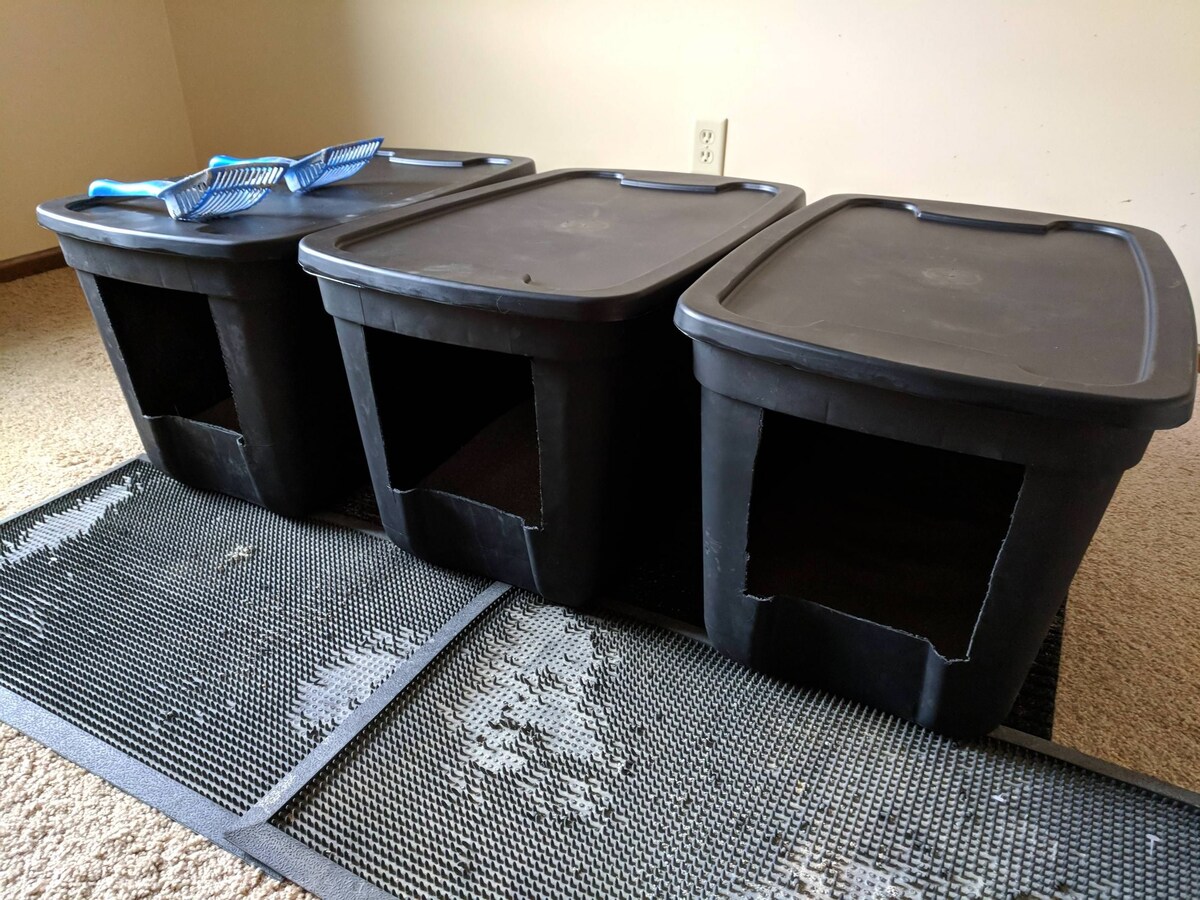
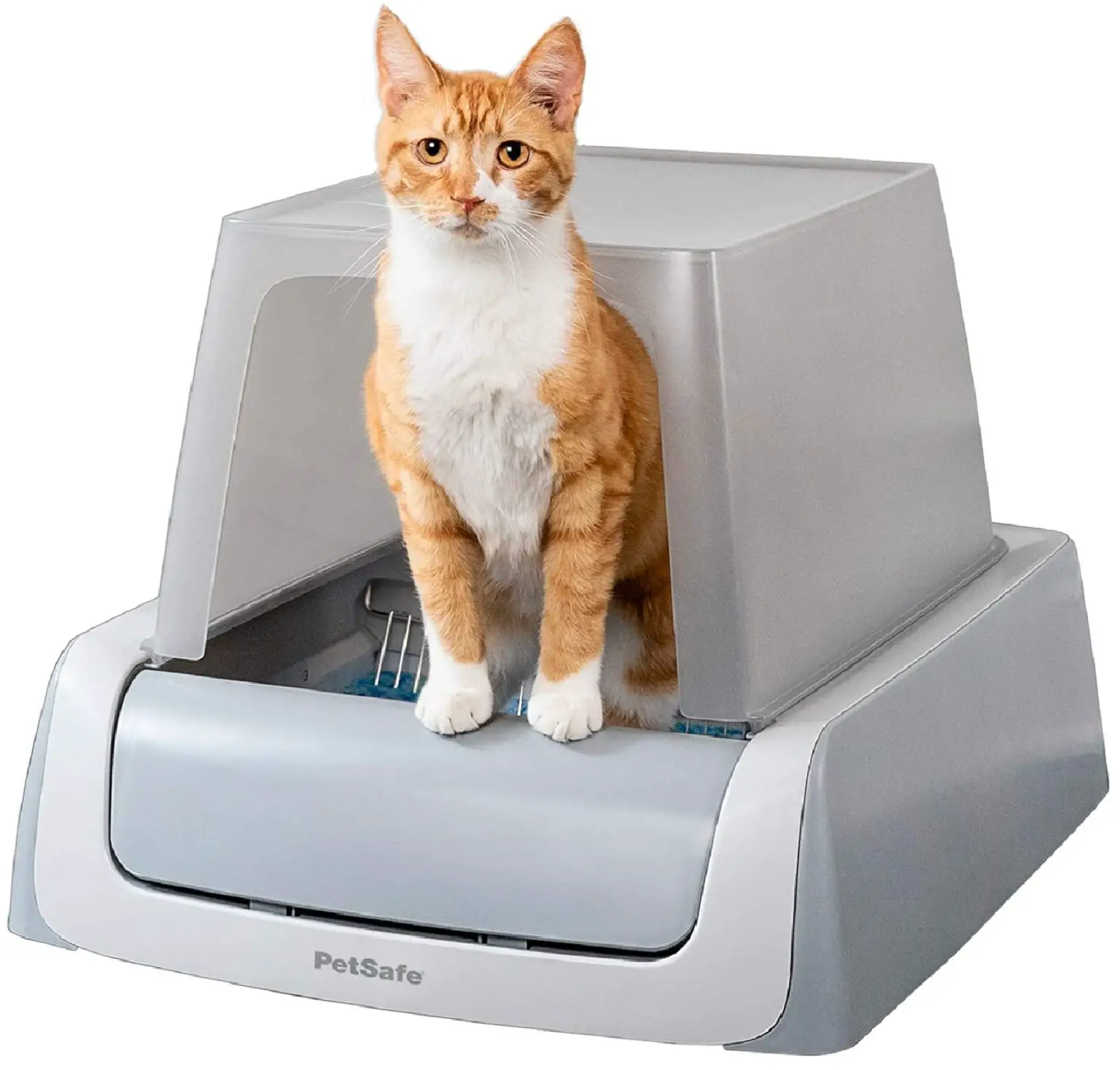
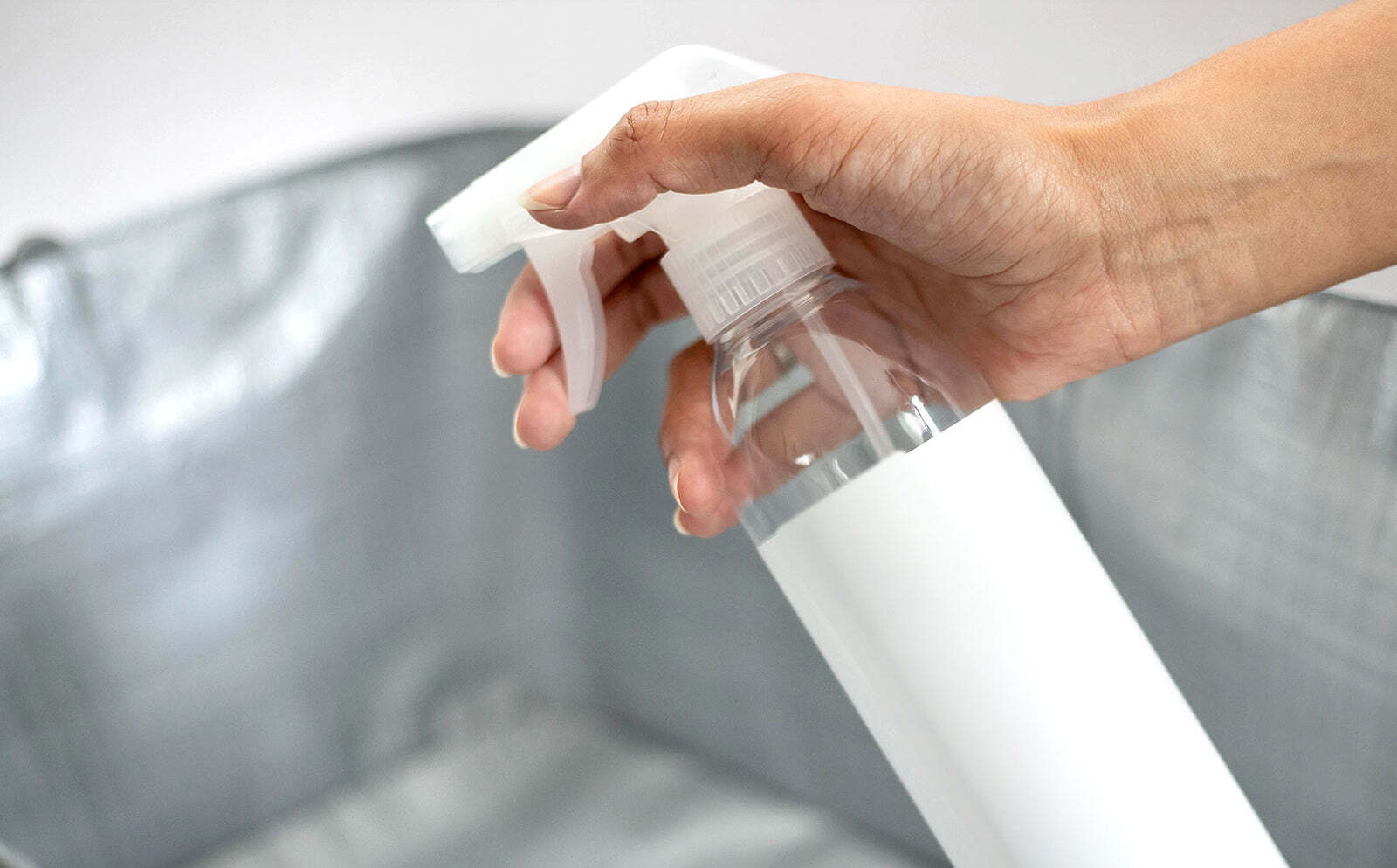
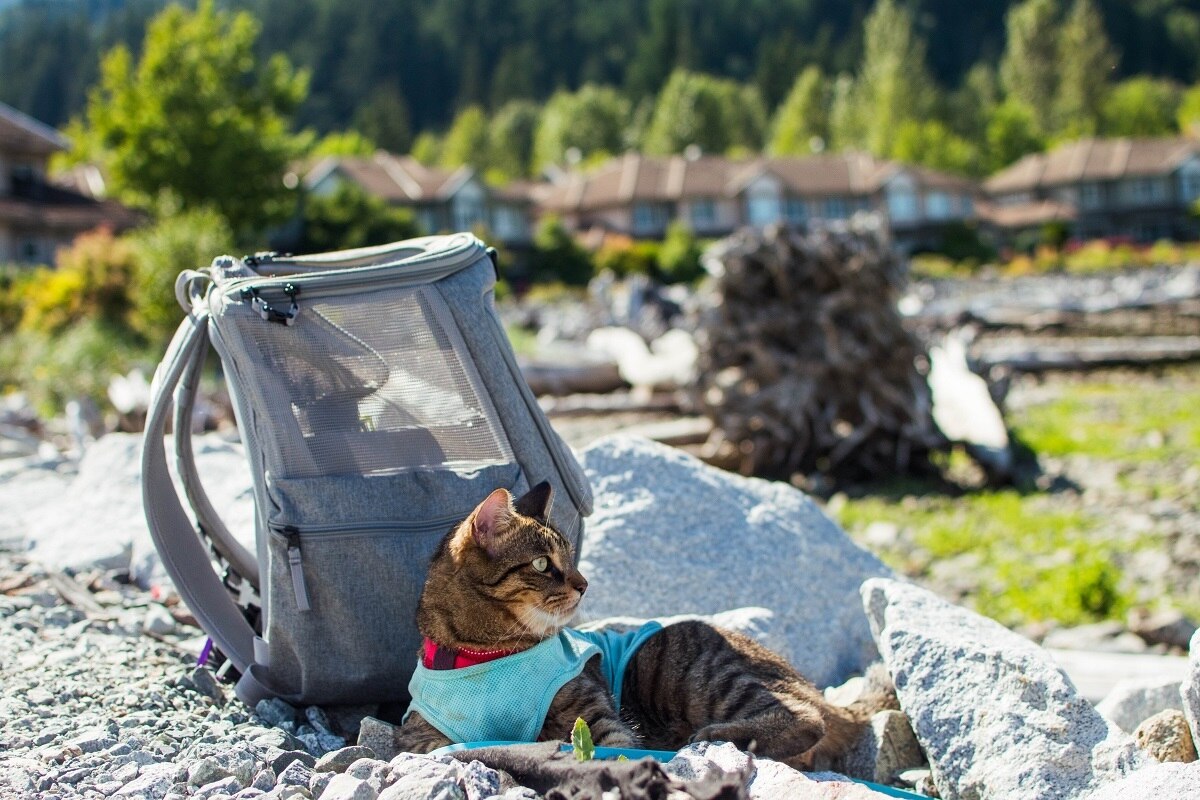
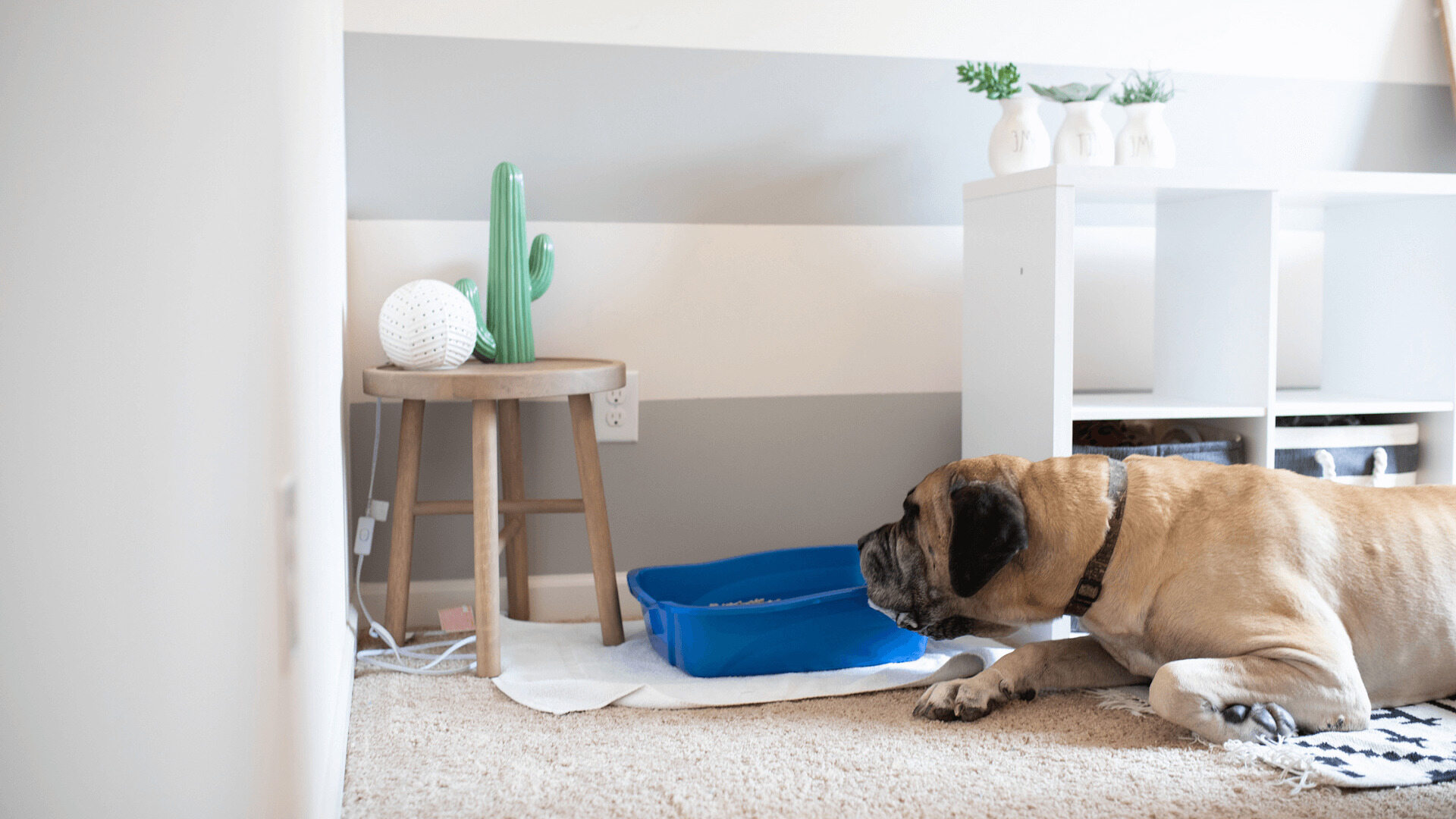

0 thoughts on “How To Change The Litter Box”